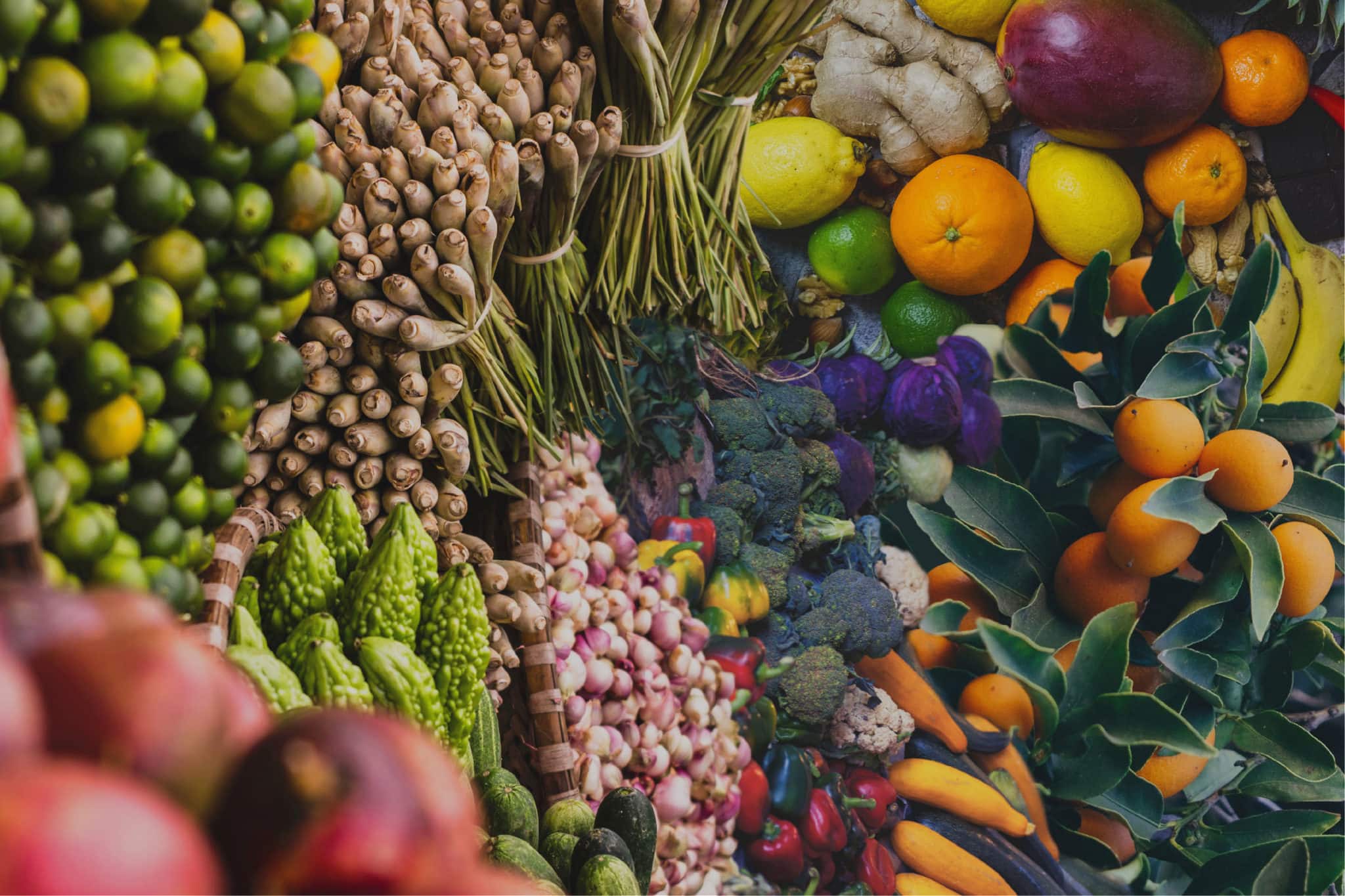
6 Tasty Food Marketing Trends: What You Need to Know
Explore six big waves expected to hit the food marketing industry this year, and learn how they will impact your annual strategy.
The beginning of a new year is a great time to reflect on the past and plan for the future. In that spirit, we’ve put together a rundown of the tasty trends we believe will shape the food industry landscape in 2019 — and what you need to know about them.
Eating Out Is Heating Up
If 2018 was the year of food box subscriptions and home chefs, 2019 is shaping up to be the year of dining out. Experts are explaining the decline in home cooking by pointing to the many young consumers looking to save money while still getting their experiential fix. Brian Todd, president of The Food Institute, predicts “5.1% growth for eating and drinking places in the coming year and 2.8% growth for food and beverage stores”— which bodes well for upscale fast casual dining restaurants looking to gain market share.
To take advantage of this trend, restaurants would be wise to emphasize the convenience and ease of dining out, as compared to the expense and complexity of cooking. But don’t forget that diners increasingly value the “experience” of dining out — it’s important to offer a variety of flavors and appealing dishes. One example is the increasing number of restaurants serving ethnic cuisines like Thai, Cuban or Levantine/Israeli, which have grown in popularity as consumers seek out authentic new experiences.

DIY Is on the Decline
Part of the decline in home cooking can be traced to the fading popularity of meal kits. Concerns about package waste and cost have led consumers to look for more affordable options. Plus, the growth of prepared-meal and hot food delivery options has made it easier than ever to eat well from home.
Many retailers are beginning to offer quality prepared meals that are ready to eat or heat and serve. Companies like Amazon and HelloFresh have already announced new lines of prepared meals available for delivery. “Ready to serve” is a category that should continue to grow in 2019.
Two southern companies to watch in this space are ICON meals in Frisco, Texas and Good Eats Kitchen in South Louisiana. In their marketing, these businesses are highlighting benefits like sustainable packaging, ingredient quality, convenience, nutrition

Food Delivery Is Off to the Races
This year you can expect even more of your favorite restaurants to be available for delivery. The food delivery space experienced significant disruption and expansion in 2018, setting up 2019 to be a year of fierce competition. UberEats, GrubHub and Postmates are all making inroads in different parts of the country, but they face a stiff challenge from Waitr.
Restaurants that ignore the delivery trend will miss out on a great opportunity to attract new customers and increase sales. And it isn’t just restaurants — almost any food business (including brick-and-mortar retail stores) can take advantage of this new channel for reaching consumers. Beyond just hot meals, delivery can also include retail items like branded sauces or snacks.

Cannabis is the New Black
According to Troy Dayton, CEO of The
There are now a wide array of snacks containing CBD available to consumers as well as a whole host of new beverages. Blue Moon announced its first THC-infused beer in 2018 — and many other drinks are on the horizon. For now, these products are only available in certain regions, but major brands are betting big on the continued spread of legalization. For example, one firm predicts full legalization in the U.S. by the year 2021 based on current trends
Expect a period of experimentation in 2019, as consumers sample and ultimately decide which products truly benefit from the addition of cannabis and which are mere gimmicks. As a food marketer, you need

The Fringe and Fermented Gain Full Acceptance
Similar to the spread of cannabis acceptance, kombucha and other fermented drinks have seen their stocks rise over the last year, and 2019 is setting up to be a hot year for these formerly niche beverages as their distribution becomes more widespread.
The key to the rise of fermented beverages is how they’ve been marketed: by focusing on the health benefits, brands have been able to take advantage of the larger trend toward clean foods and natural ingredients. The specialty food industry already owns much of this space, but producers should continue to capitalize on consumer priorities like clean labels, preservative-free products and transparent production methods in their messaging.

Niche Diets: Not so Niche Anymore
Diets are always a hot topic in the new year, as resolution-makers chase the latest diet trends. Over the past year, several unique or niche diet plans have earned a sizeable mainstream following, like Keto and Paleo. In some cases, these diets can be fairly restrictive, but increasingly food brands are catering to their needs.
In the past, someone on a strict diet might have given up on eating out or grabbing fast food. But more and more brands are embracing these popular diets by catering to them. For example, Chipotle announced a line of “lifestyle bowls” that are suitable for Whole30®, Paleo and Keto plans. Any food product that is aimed at the health-conscious consumer can likewise take advantage of the trend to highlight how their own products meet the diet’s guidelines. This can include gluten-free, vegan or plant-based products or those low in added sugar or high in fiber. Offering customers another diet-friendly option is a great opportunity to build brand loyalty.

What do you think? Was there anything we missed in our food marketing predictions for 2019 that you feel will make a big splash this year? Feel free to leave a comment or email us to discuss!

